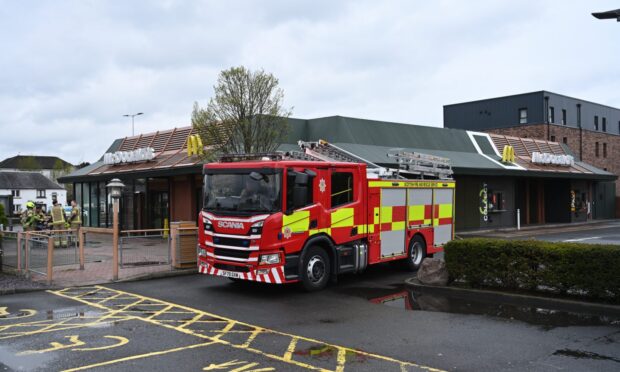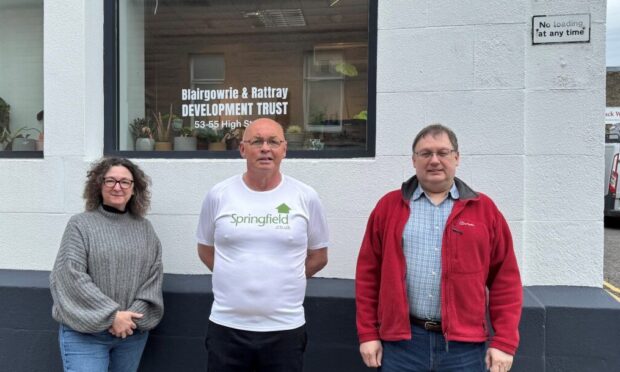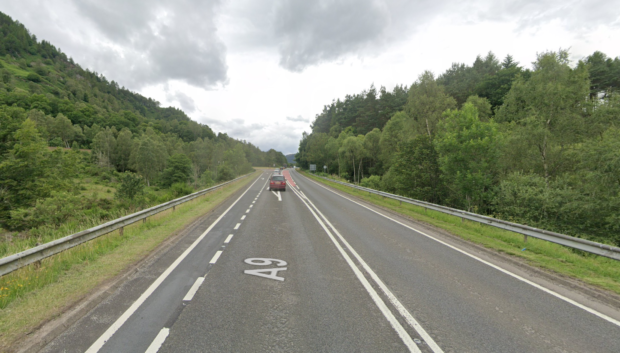Nearly a quarter of all criminals convicted in Perthshire go on to re-offend within a year, a new study has revealed.
About 1,100 offenders who were released from custody – or given a non-custodial sentence – at Perth Sheriff Court were re-convicted within 12 months.
However, the statistics are at their lowest level for 18 years – and Perth and Kinross continues to be in the top five areas for low re-conviction rates in Scotland.
Since 2006, the national re-conviction rate has dropped by 4.3 points from 32.5% to 28.2%.
The latest figure for Perth and Kinross represents 21.5%.
A new strategy has been drawn up by the local community justice team to further improve the figures and ensure extra help is given to those who need it.
The proposal outlines a series of aims for the next three years, such as creating better access to the services such as welfare, health and housing.
The taskforce wants to remove barriers and will try to change the attitudes of business owners in an effort to develop more work experience opportunities for people with convictions.
The shake-up will encourage partner organisations to share more information about their clients, to improve their “life chances.”
In a report to go before the housing and communities committee this week, a council spokesman states: “The overall trend for Perth and Kinross since 2004-05 is one of a reducing re-conviction rate and average number of re-convictions.
“A snapshot of clients who are subject to community-based orders highlights that the majority are based in the Perth City wards, are male and aged between 21 and 35.”
The most recent figures show an overall reduction in recorded crime by 15% across Perth and Kinross over the past five years.
Crimes of dishonesty make up more than half of all offences in the area.
However, while fire-raising and vandalism rates continue to drop, the number of sex crimes have shown a year-on-year increase in line with national figures.
Six years ago there were just 114 sexual offences reported for the region, compared to 261 in 2014/15.
The increase partly represents a greater willingness by victims to come forward, while many of the cases include investigations into historical incidents.
The rate of domestic abuse cases has also risen, again in line with national trends.
Councillors will be asked to approve the community justice team’s improvement strategy on Wednesday.










